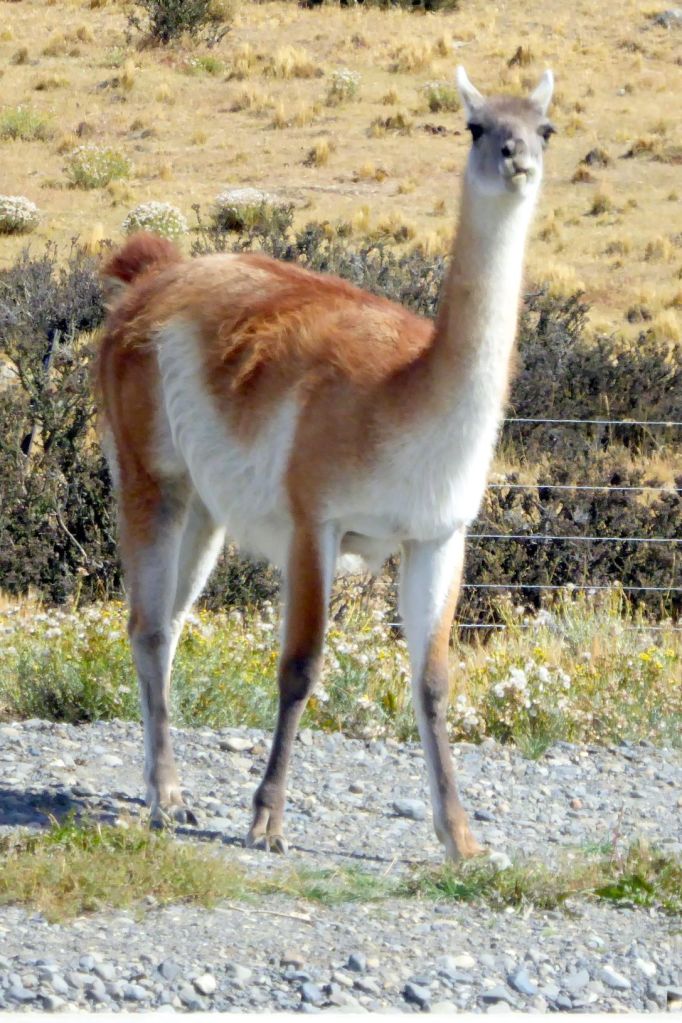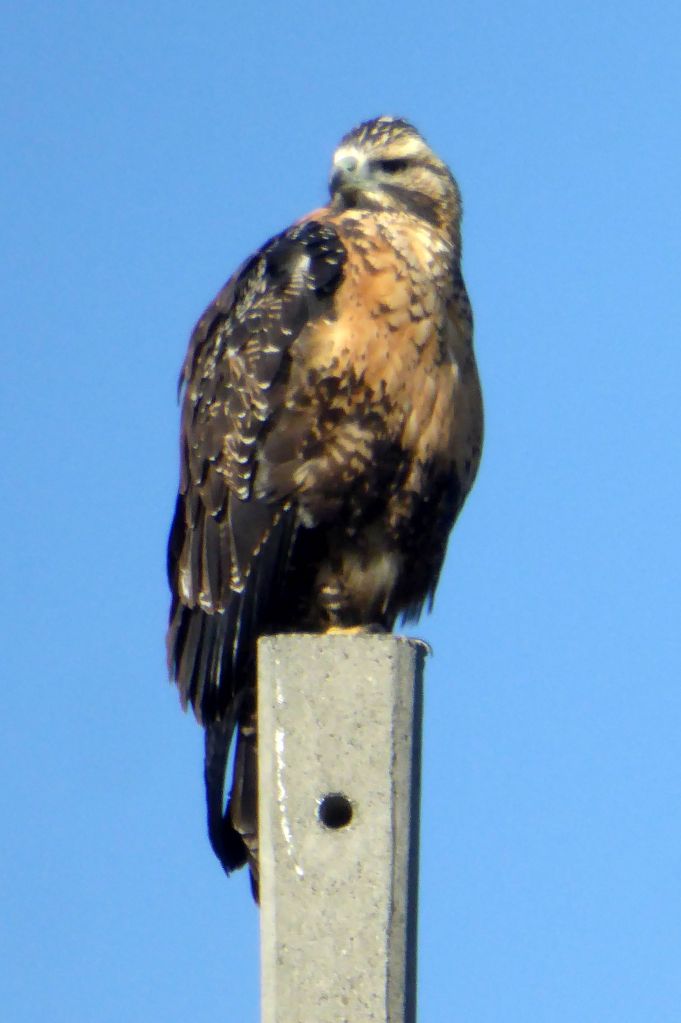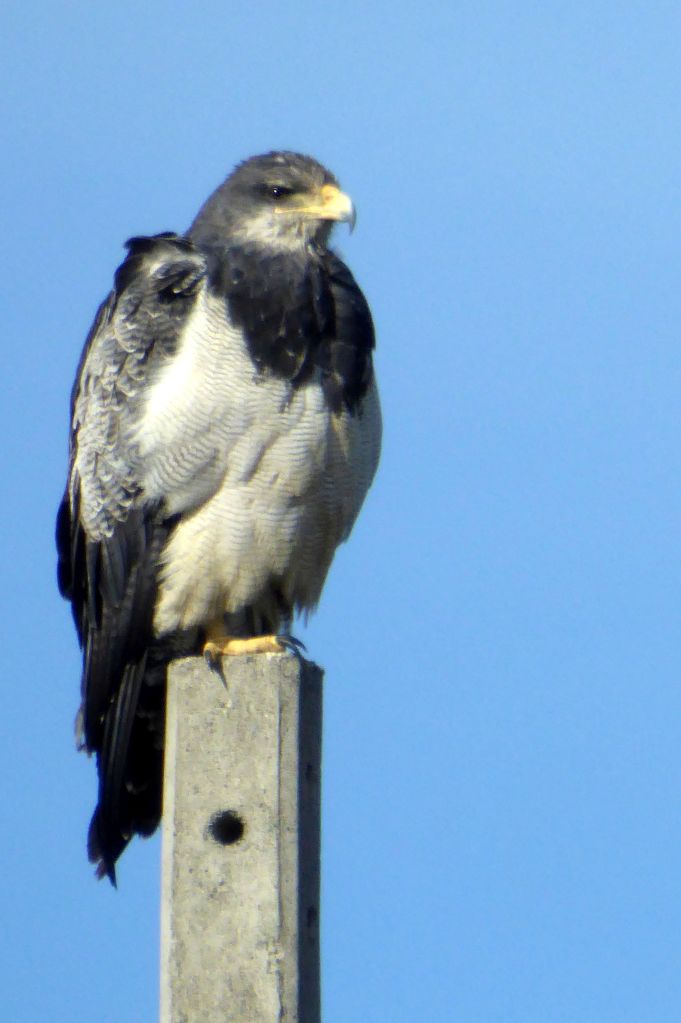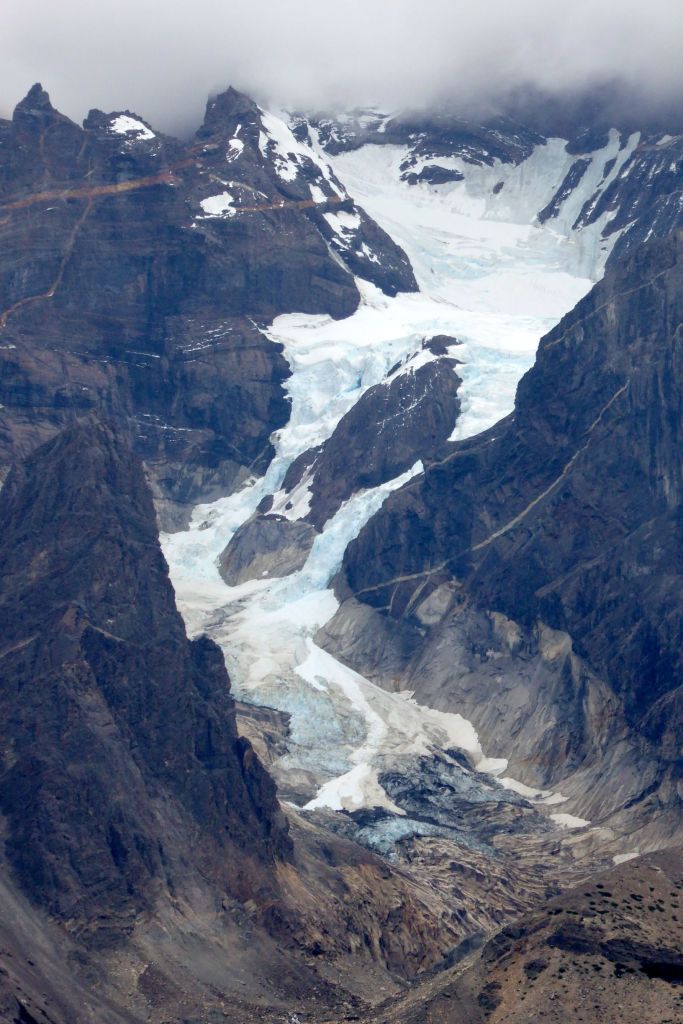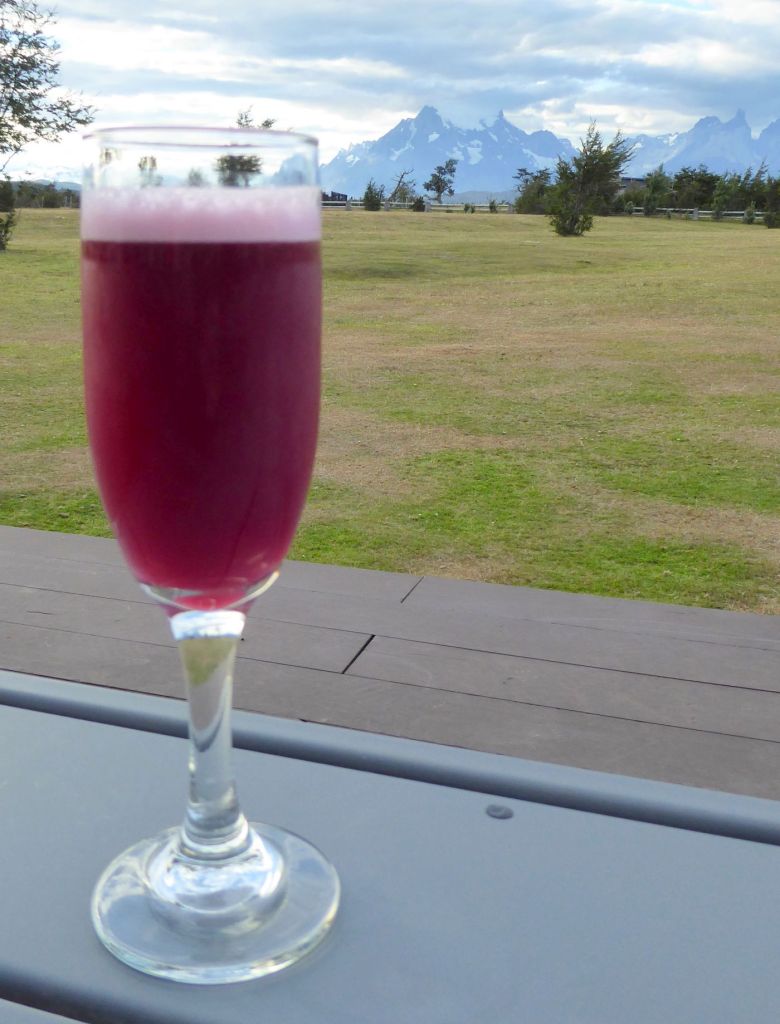Here’s a fun fact: The Magallanes region of Chile is so far south and so remote that no sales tax is levied on products to give the residents a break. All products are transported from Santiago, so they are expensive enough as it is. There’s a catch, though. Don’t think you can buy a car tax-free, and then get away with taking it back up north. Any cars purchased in the region must stay in the region. If you want to drive north, you need a permit that lasts 90 days maximum, and then you had better turn that car around and head back south.
Your drive north is going to be a long one, too, because there is no road that goes continuously through the 2,600-mile-long country from south to north. You must cross east into Argentina, and then head north, and finally back west into Chile.
Many residents of this region will drive 500 kilometers (310 miles) each way, once per month, to shop at a large supermarket or Walmart to stock up on food and goods that are not available at their neighborhood stores (or they are way too expensive).
As a (mostly) pescetarian, I wouldn’t do so well as a Magallanes region resident. They eat beef or lamb at all meals and have the highest rate of diabetes in Chile.
It’s a tough life in the frigid, windy climate, especially for the gauchos (cowboys), and especially in winter. Each gaucho typically works 20,000 acres and manages 10,000 lambs.
The cost of living is also very expensive in the region. The minimum salary is $500 per month; however, rent averages $500 per month. You think it’s tough here…
(For all photos, especially panoramas, click on the image for a full screen view.)

As we made our way to Torres del Paine National Park, we were fortunate to see a lot of wildlife. Our bus driver was awesome! Whenever he spotted wildlife, he would pull over and drive slowly or stop the bus, so we could observe and take photos out the window.
My favorites were the guanacos, which are similar to lamas, but native to South America. When the Europeans first arrived in South America, there were an estimated half billion guanacos, but there are now approximately 500,000.

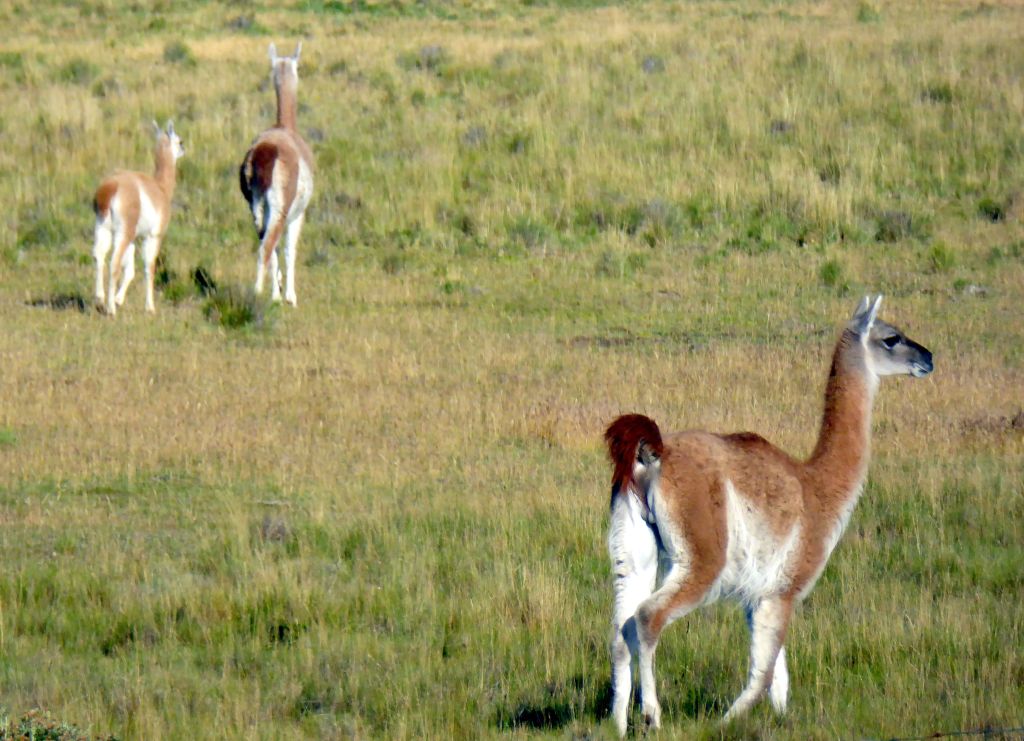
These cuties are fast! We saw one jump over a fence and run off at probably a fraction of the 35 miles per hour they are capable of running. Their only enemy is the puma, so they need to be able to outrun them, since there is no place to hide in the open land.
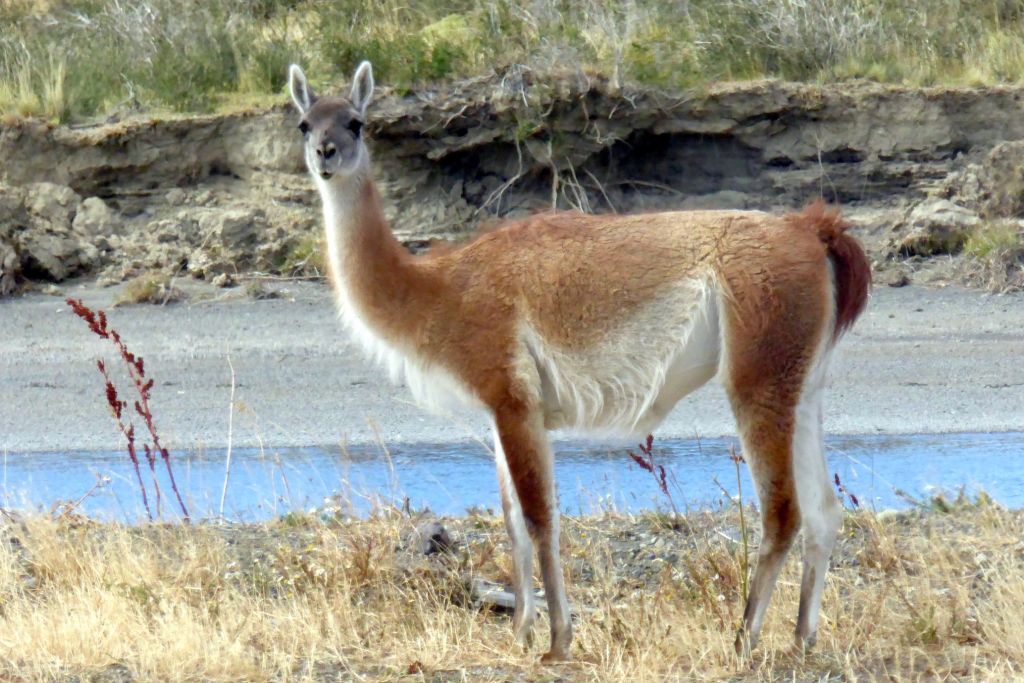
We also saw some beautiful, large birds:
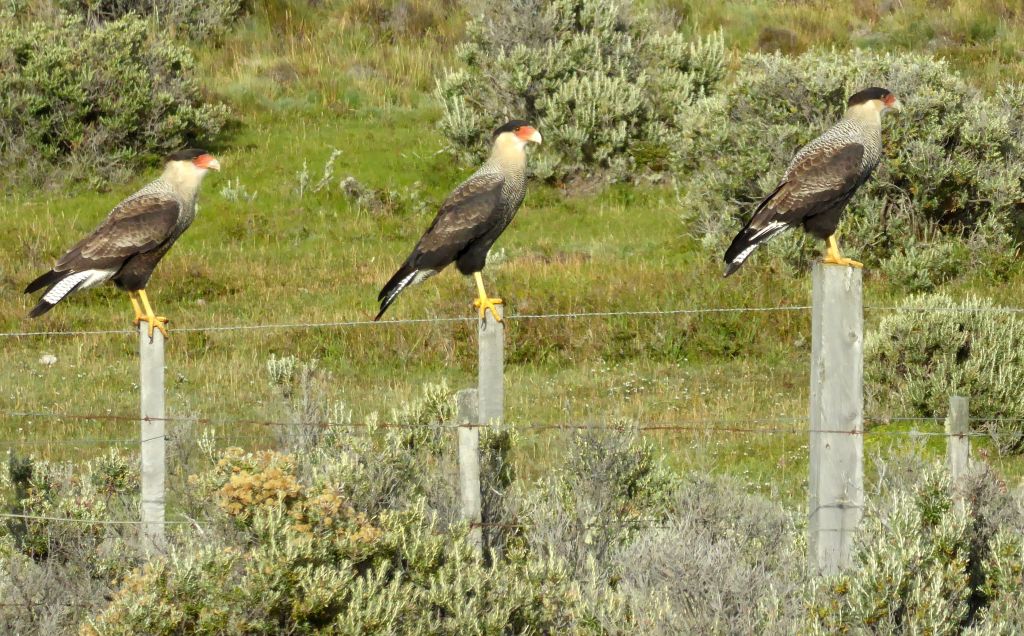
Surprisingly, while on our hike, we saw flamingoes, too! They were too far away to get a clear shot, but I did get this (somewhat blurry) photo out the bus window of some flamingoes we saw while driving to the park:
Once again, we (somehow!) ended up with another day of good weather for our first hike. More hikes would follow the next day, so our fingers were crossed!)
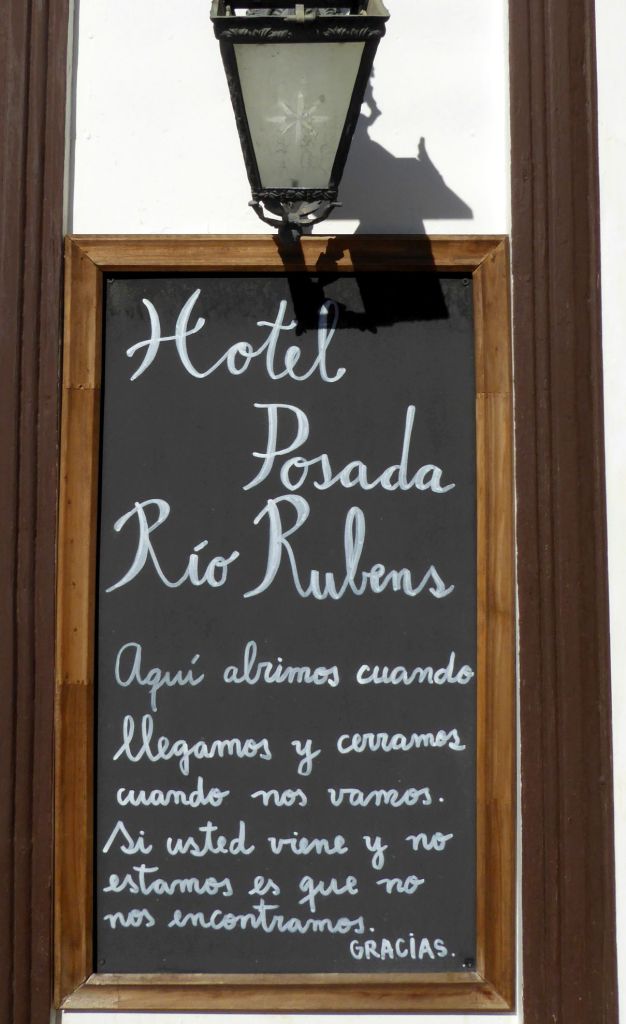
What a gorgeous park! Torres del Paine National Park is widely considered to be South America’s finest and most beautiful national park—and one of the most remote places in the world. Bruce and I felt so fortunate to have the opportunity to surround ourselves with such beauty.



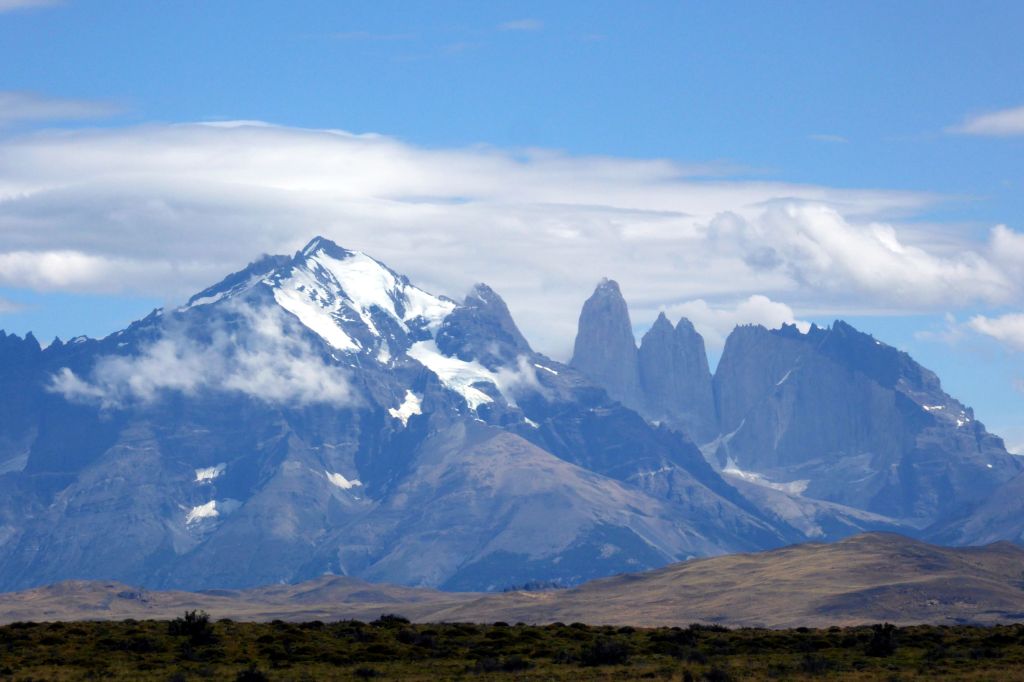
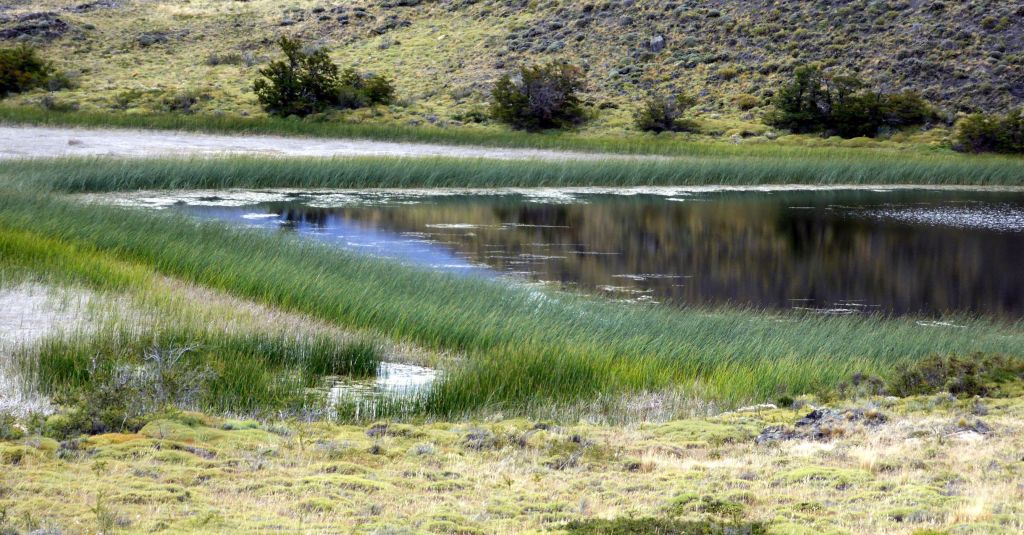
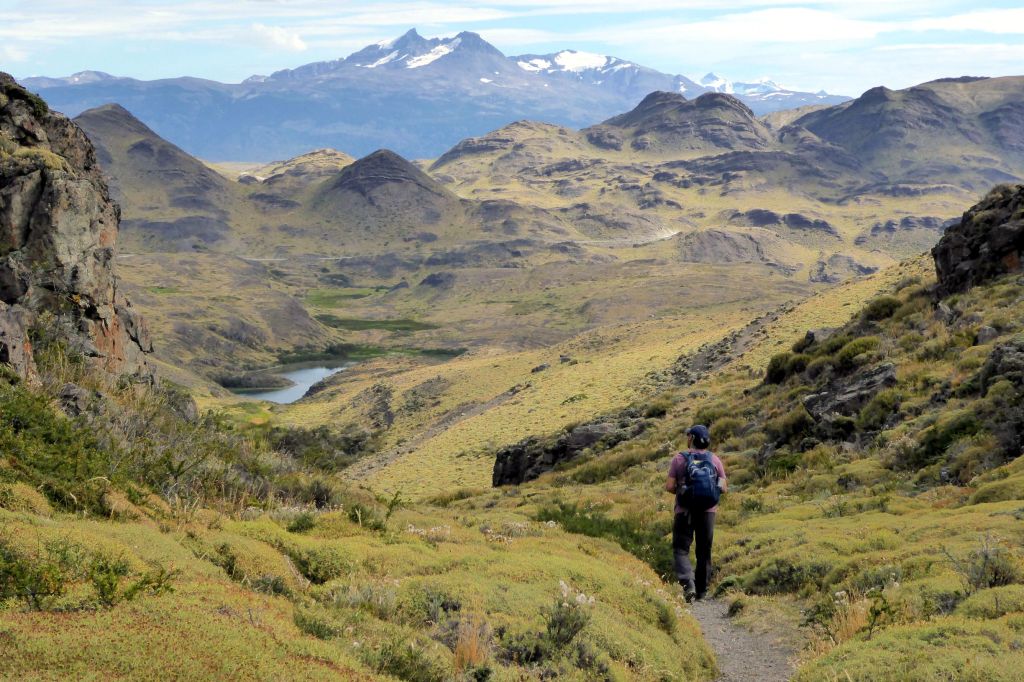
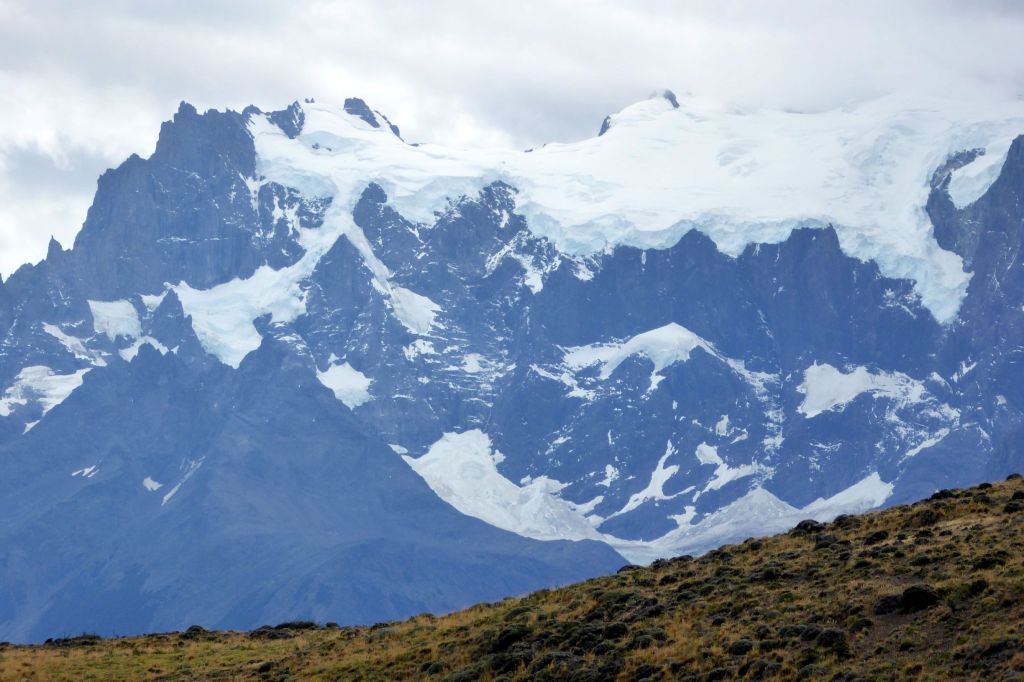
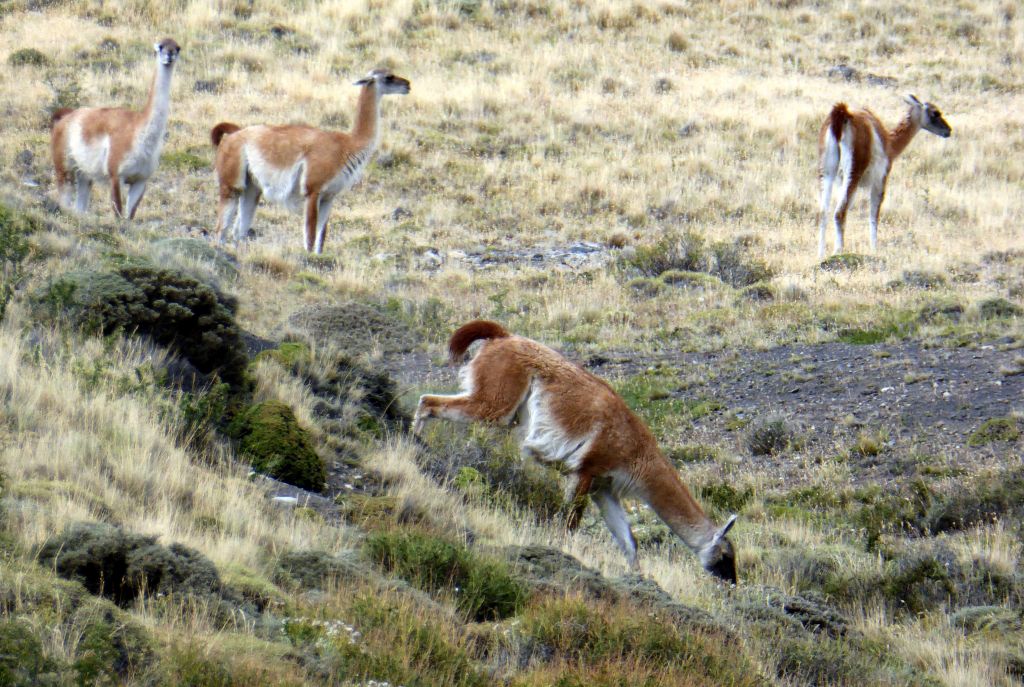
We have Douglas Tompkins, founder of The North Face and co-founder of Espirit, to thank for this protected land. After selling his stake in Espirit, he spent a lot of time in Patagonia enjoying climbing, kayaking, and skiing. This led him to develop an interest in land conservation and become an environmental activist. Tompkins established the Foundation for Deep Ecology, which supports environmental activism and The Conservation Land Trust which works to protect wildlands. Along with his wife, Kristine McDivitt, a former chief executive of Patagonia, they bought up a massive amount of land in Patagonia and donated it to the government of Chile to establish Torres del Paine National Park. Sadly, Tompkins died in 2015 while kayaking with a group in Patagonia. Large waves caused their kayaks to capsize in the 40-degree water, and Tompkins died at the age of 72 of hypothermia.
Following our hike, we continued on to the Rio Serrano Hotel, a wonderful all-inclusive hotel located in the national park. I loved the vibe and atmosphere with all the wood and stone, and the views were gorgeous! It was also a beautiful place to walk in the grounds surrounding the hotel.

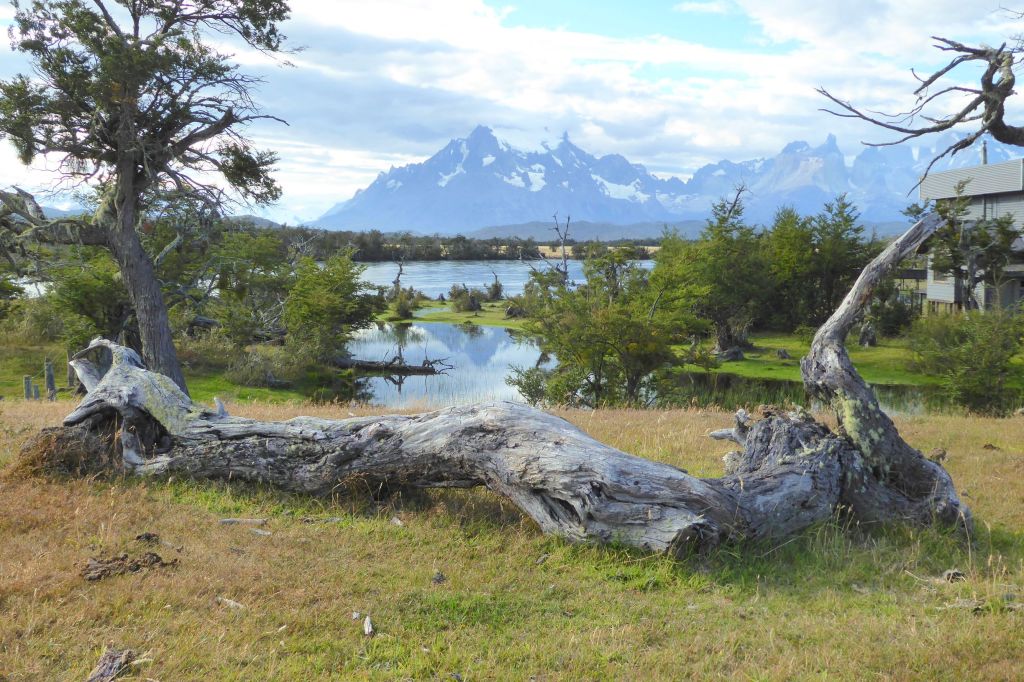
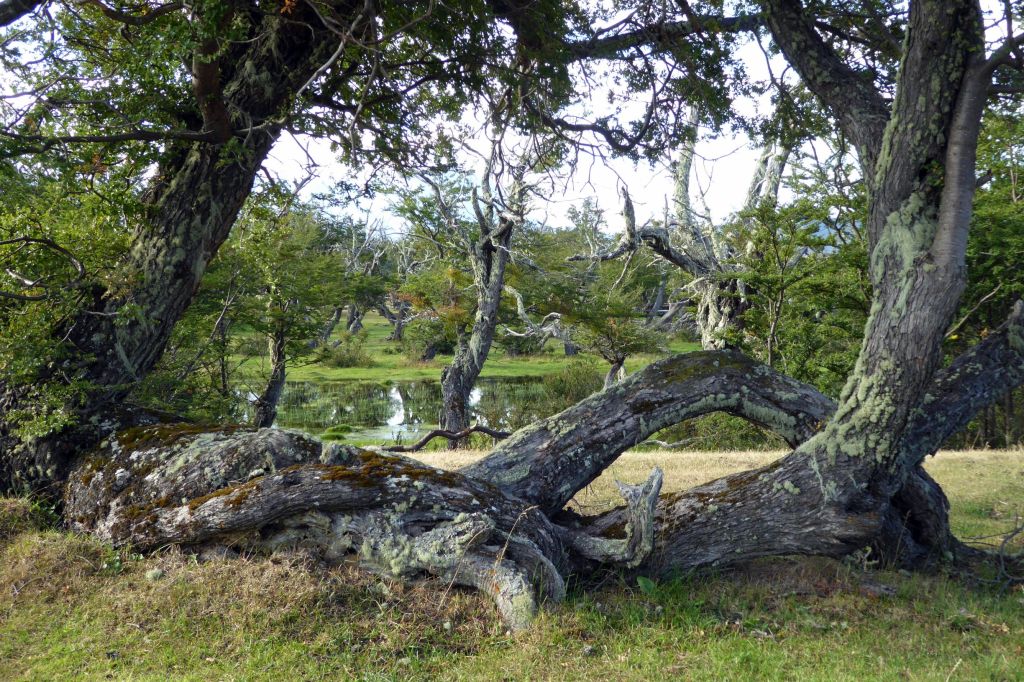
A nice touch in the room was a fully stocked mini refrigerator with a variety of non-alcoholic beverages and Chilean beer as well as healthy snacks. Although we aren’t drinkers (at least when we don’t travel), we also enjoyed Pisco cocktails with the group. Dinner was served upstairs in their dining room overlooking this view; a highlight of the trip:

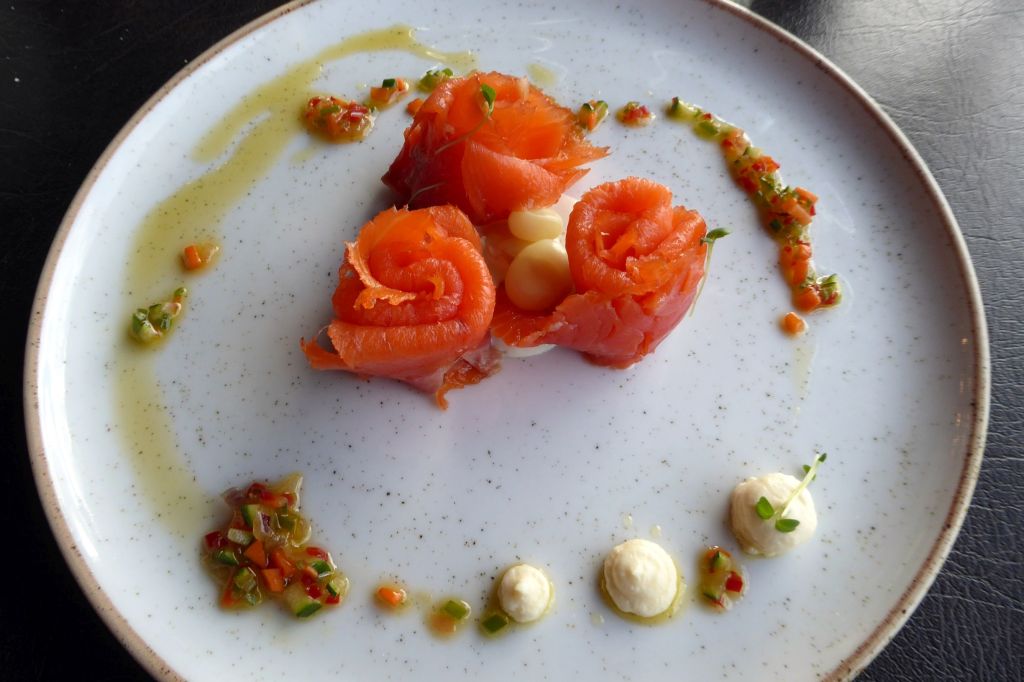
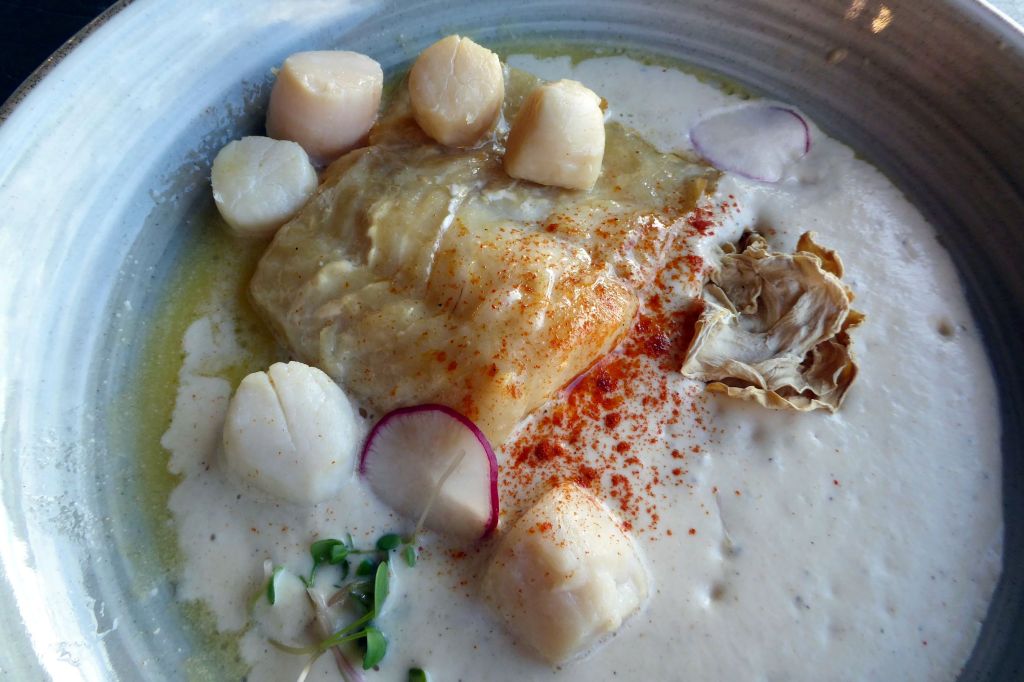
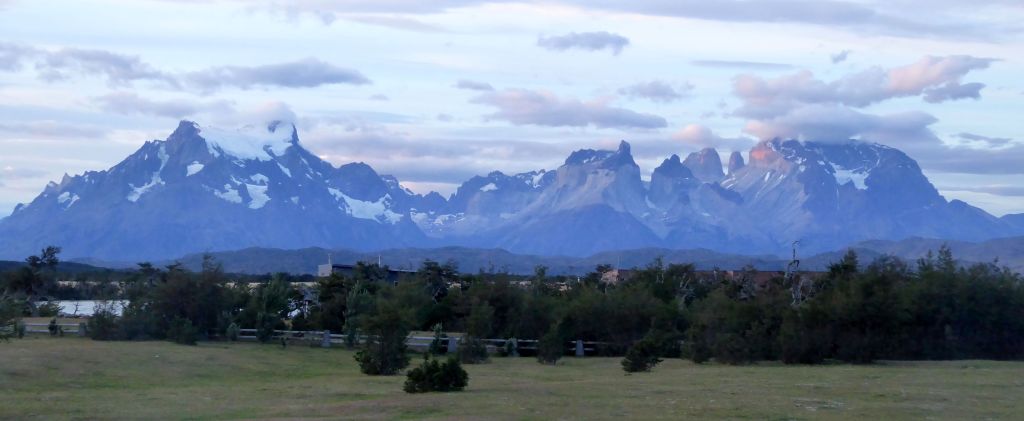
P.S. Don’t believe the title of this post; “trekking” just sounded good with “Torres”!
Next up: ARGENTINA & CHILE #14: MORE TREKKING IN TORRES DEL PAINE NATIONAL PARK


